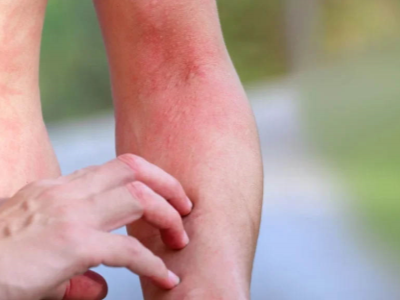How is fungus transmitted? How can we protect ourselves from infection?
Fungal diseases are a common group of conditions in dermatology. They are contagious, so it is essential to be well-informed about prevention methods rather than just treatment.
When discussing fungal infections of the skin, it is important to understand the fungi that are found on the skin surface, in hairy areas, and in mucosal areas such as the oral cavity and vaginal region. Trichophyton, Candida, and Malassezia furfur are responsible for mucocutaneous fungal diseases.
Fungal infections can be transmitted from three sources. Most commonly, they spread from person to person (through shared items or direct contact with infected skin), but they can also rarely be transmitted from puppies or kittens, or even from the soil. Factors that facilitate the infection's entry into your skin include a compromised skin barrier (such as eczema, dryness, or cracks) and a weakened immune response.
Given that fungi prefer humid environments, it is easy to understand why their prevalence increases during the summer months. Care should be taken, especially around swimming pools, and when using shared loungers and towels. I recommend using your clean towel in these environments and covering the lounger completely with your towel. Showering and drying off thoroughly after swimming in the pool or sea will protect you. Changing out of wet swimsuits promptly is also important for preventing both superficial skin fungal infections and vaginal yeast infections.
Even if you take precautions every summer, for my patients who experience recurrent fungal infections, I recommend using body wash gels with antifungal properties, allowing them to sit for a while before rinsing off in each shower. It is crucial to consult your dermatologist promptly in case of infection and to arrange treatment. While medications may vary depending on the type of fungus, I also recommend using them for at least 1 to 1.5 months. This way, we can prevent the recurrence of fungal diseases at the microscopic level.
In summary, whether it's athlete's foot or body fungus, the fundamental prevention method is to be careful in communal areas and not to leave our feet and body areas damp and sweaty.





